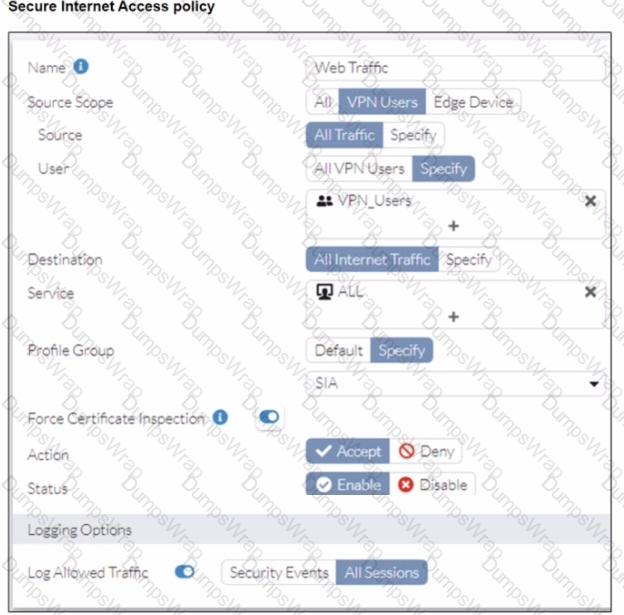FCSS FortiSASE 23 Administrator Questions and Answers
What are two advantages of using zero-trust tags? (Choose two.)
Refer to the exhibits.


When remote users connected to FortiSASE require access to internal resources on Branch-2. how will traffic be routed?
Refer to the exhibits.





A FortiSASE administrator is trying to configure FortiSASE as a spoke to a FortiGate hub. The tunnel is up to the FortiGale hub. However, the administrator is not able to ping the webserver hosted behind the FortiGate hub.
Based on the output, what is the reason for the ping failures?
Which FortiSASE feature ensures least-privileged user access to all applications?
A customer wants to upgrade their legacy on-premises proxy to a could-based proxy for a hybrid network. Which FortiSASE features would help the customer to achieve this outcome?
Refer to the exhibits.



A FortiSASE administrator has configured an antivirus profile in the security profile group and applied it to the internet access policy. Remote users are still able to download the eicar.com-zip file from Traffic logs show traffic is allowed by the policy.
Which configuration on FortiSASE is allowing users to perform the download?
Which two additional components does FortiSASE use for application control to act as an inline-CASB? (Choose two.)
Which policy type is used to control traffic between the FortiClient endpoint to FortiSASE for secure internet access?
How does FortiSASE hide user information when viewing and analyzing logs?

